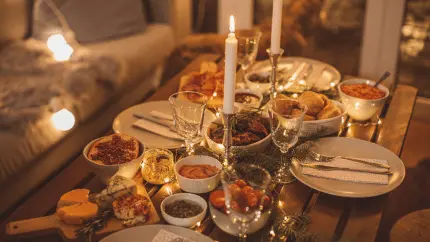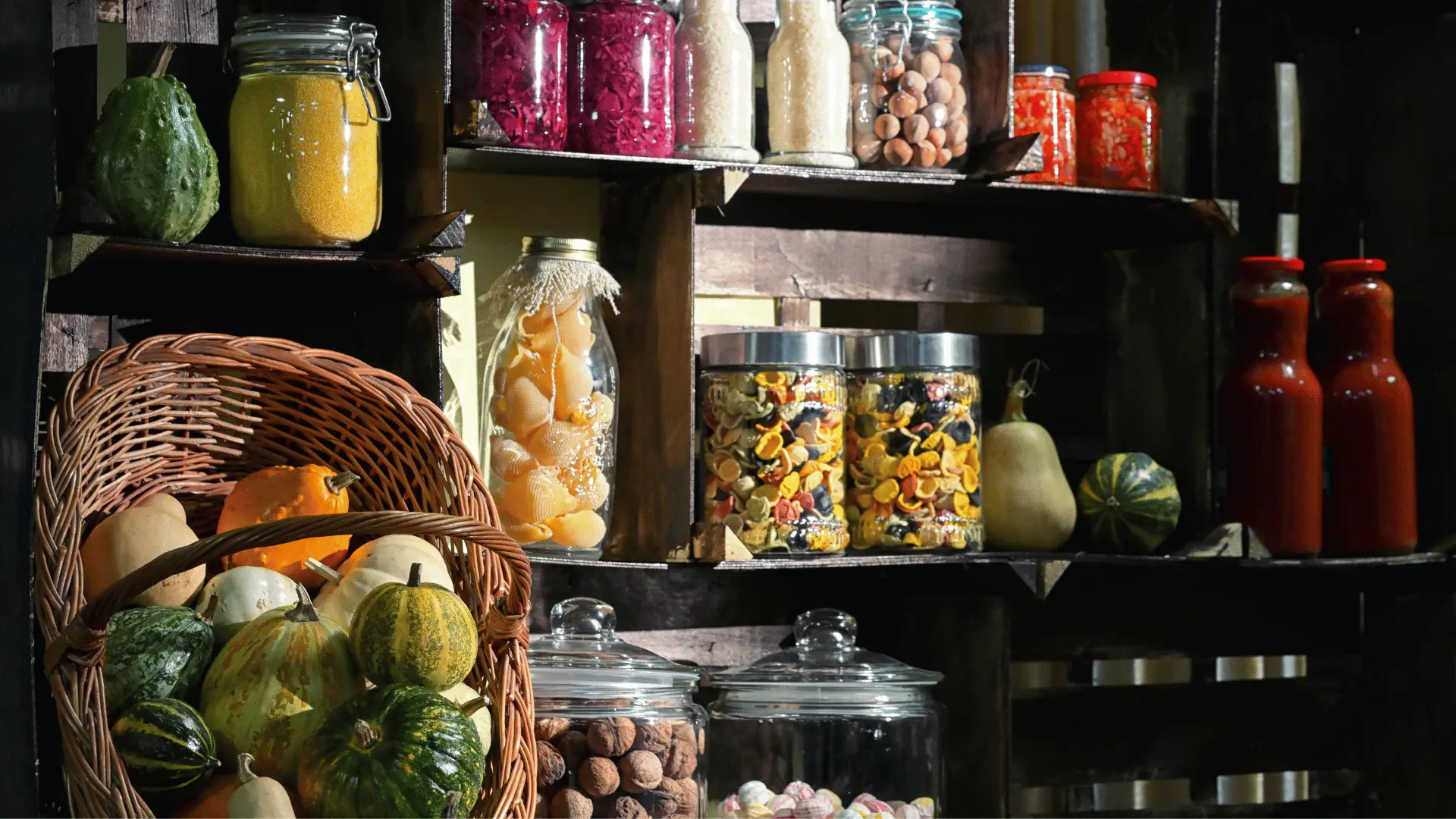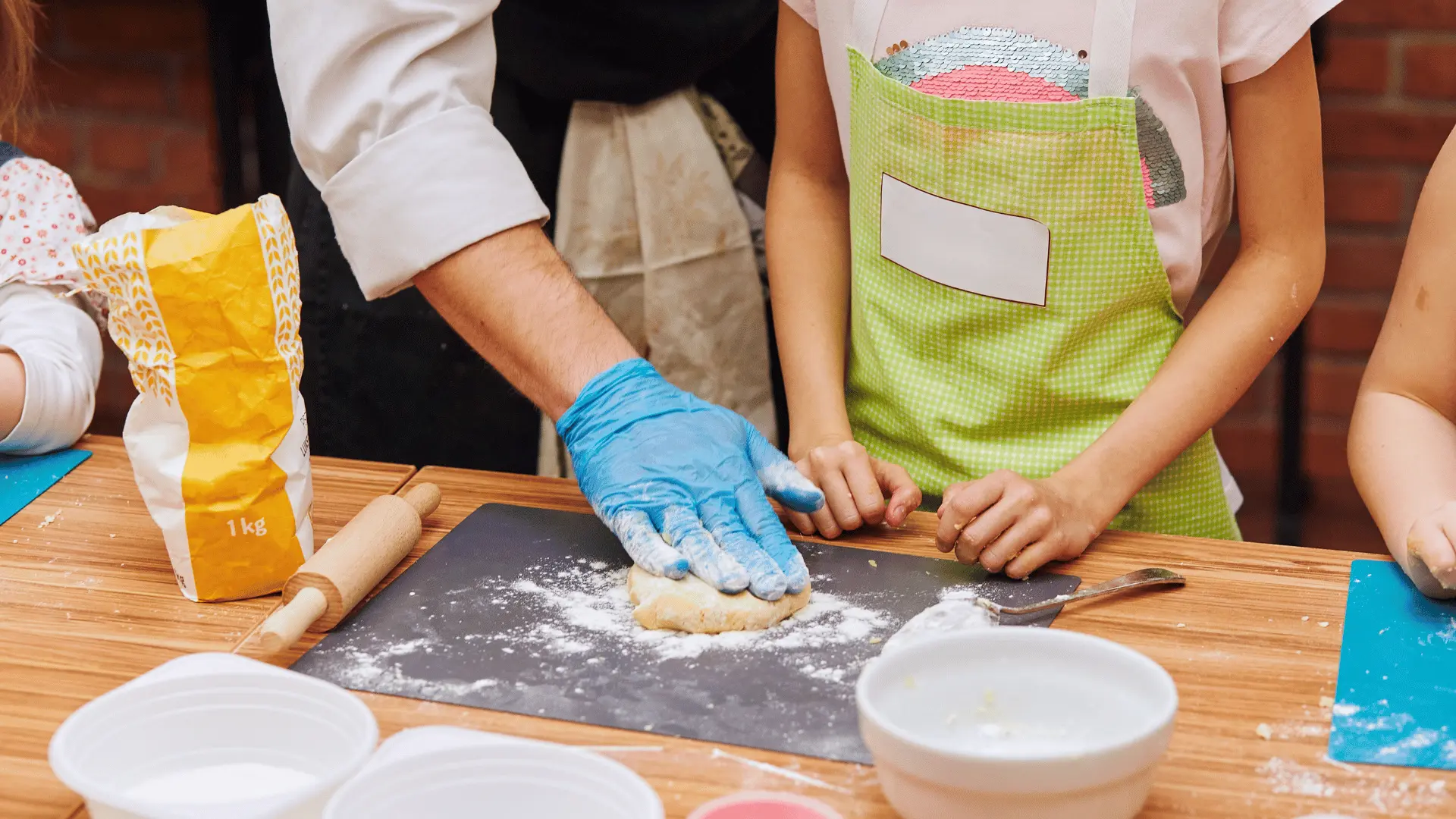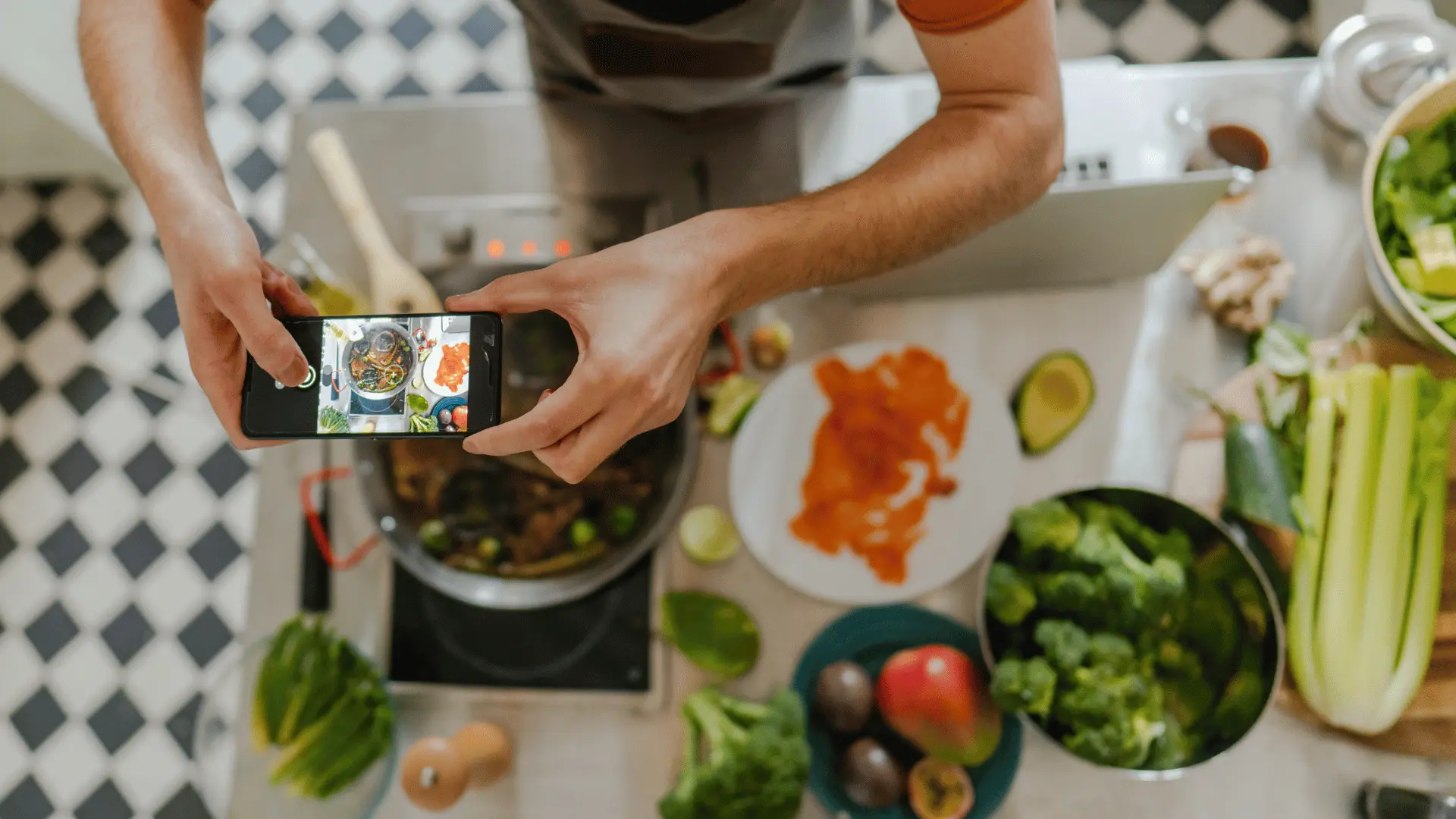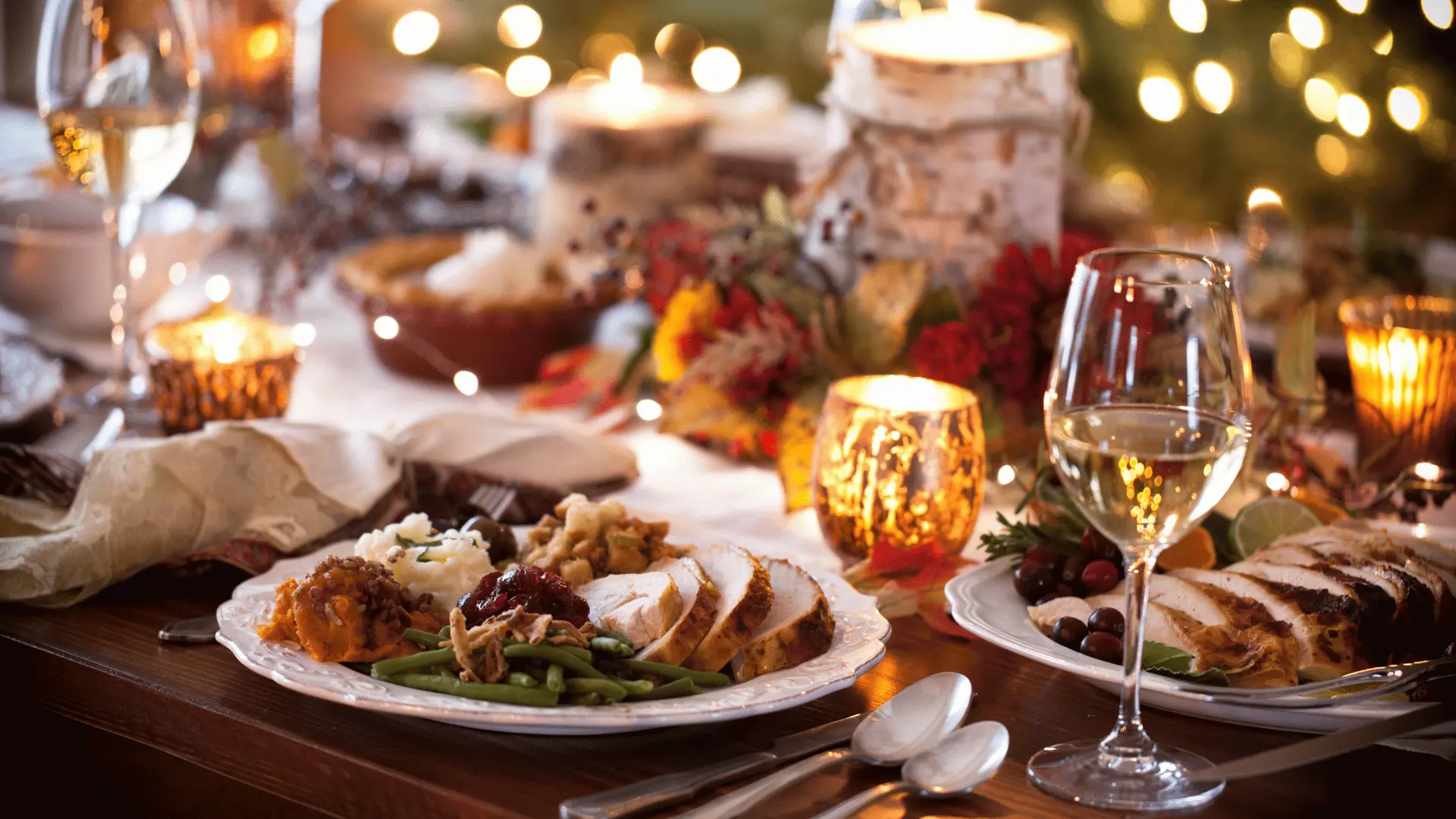
From Candy Bags to Caramel Apples: Why Halloween Recipes Matter
When you think of Halloween, what comes to mind? For most of us, it’s candy bags filled to the brim, caramel apples sticky on our fingers, popcorn balls wrapped in wax paper, and maybe a bubbling punch bowl labeled “witch’s brew.” These aren’t just seasonal treats—they’re Halloween recipes that matter because they carry memory, laughter, and connection across generations.
We’ve worked with recipes from every season, but Halloween holds a special kind of magic. It’s not about perfection—it’s about fun, creativity, and the stories that linger long after the treats are gone. We’ve seen how these recipes tie us to childhood, to family kitchens, and to traditions we didn’t even realize we were building. That’s why Halloween recipes matter: they’re about more than sugar—they’re about memory.
Why Halloween Recipes Are Different
Unlike Thanksgiving or Christmas meals, Halloween foods are playful. They’re whimsical, spooky, and sometimes downright silly. Ghost-shaped cookies, mummy-wrapped hot dogs, and green “monster punch” don’t appear on the table year-round. Their rarity is what makes them feel special. Halloween recipes are about creating atmosphere as much as flavor—they set the stage for laughter, costumes, and togetherness.
And while candy from trick-or-treating is central to the holiday, homemade recipes carry the emotional weight. They’re the moments when kids gather around the counter to decorate cookies, or when families roast pumpkin seeds after carving jack-o’-lanterns. These rituals matter just as much as the candy haul at the end of the night.
From Candy Bags to Caramel Apples
It’s hard to think of Halloween without caramel apples. Shiny, sticky, and impossible to eat neatly, they’ve been part of fall traditions for generations. But Halloween recipes go far beyond caramel apples:
- Candy Bags: They’re more than sugar collections—they’re snapshots of childhood. Remember trading chocolate bars with your siblings or hoarding your favorite candy until Christmas? That ritual is part of the recipe of memory.
- Caramel Apples: Homemade versions were often a family affair—apples dipped, rolled in toppings, and set to harden on wax paper. Preserving these recipes captures the messy joy of making them.
- Popcorn Balls: Once a staple of community Halloweens, they combined thrift and creativity. Molasses, corn syrup, or marshmallows bound them together into crunchy sweetness.
- Ghost Cookies: Cut-out sugar cookies shaped like ghosts, bats, and pumpkins, decorated with icing and sprinkles, were more about decorating than baking.
- Pumpkin Seeds: Roasting the seeds from carved pumpkins was the snack that tied carving night to the holiday itself.
Each of these foods is a piece of Halloween history—recipes that anchor the holiday in family kitchens just as much as candy bags anchor it in the neighborhood.
The Role of Food Memories
Why do these recipes matter so much? Because food memories are powerful. Psychologists tell us that taste and smell are two of the strongest triggers of memory. That means one bite of a caramel apple or one whiff of cinnamon from pumpkin bread can transport you instantly to your childhood kitchen.
Halloween recipes in particular connect us to moments of joy. They’re playful, interactive, and tied to group activities. Making caramel apples wasn’t just about eating them—it was about dipping, laughing, and sneaking bites along the way. Decorating cookies wasn’t just about frosting—it was about sharing sprinkles, giggling at messy ghosts, and proudly showing off your creations. These memories linger long after the sugar rush fades.
Why Preserving Halloween Recipes Matters
Because Halloween recipes are so playful, they often go undocumented. Families focus on the candy, and the homemade treats live only in memory. But those recipes are worth saving. Without them, future generations lose not only the flavors but also the stories tied to them. Preserving them means ensuring your children, grandchildren, and great-grandchildren can recreate not just the food, but the feeling of Halloween past.
When you digitize these recipes in a digital family cookbook, you’re doing more than writing down instructions. You’re capturing:
- The variations: Did your family always coat caramel apples in peanuts, or prefer sprinkles?
- The stories: Who burned the popcorn balls one year? Who always ate the cookie decorations before they made it to the dough?
- The voices: A recording of your parents explaining how to roast pumpkin seeds is as valuable as the recipe itself.
How to Collect and Preserve Halloween Recipes
If you’re ready to keep your family’s Halloween traditions alive, here’s how to start:
- Make a list: Ask family members what treats they remember from Halloweens past.
- Gather the recipes: Collect handwritten cards, cookbooks, or even verbal instructions. Don’t worry if they’re incomplete—you can fill in the gaps.
- Cook together: Recreate the recipes this year. Document the process with photos and videos.
- Add context: Record the stories tied to the recipe—who made it, when, and what traditions it carried.
- Digitize: Upload everything into a platform like Recipe Memory to keep it safe, organized, and shareable.
Modern Twists on Halloween Classics
One of the best parts of preserving recipes is seeing how they evolve. Caramel apples might turn into caramel apple cupcakes. Popcorn balls might become popcorn bark drizzled with chocolate. Ghost cookies might get gluten-free or vegan makeovers. By saving both the old versions and the new, you capture the living history of your family’s Halloween kitchen.
Why It’s About More Than Food
At the heart of it, Halloween recipes matter because they’re about belonging. They remind us of who we were as kids, who we are as families, and how traditions evolve across generations. They’re edible heirlooms, connecting the past with the present and carrying stories forward into the future.
When we collect and preserve them, we’re not just saving sugar and spice—we’re saving identity. We’re telling future generations: “This is how our family celebrated. This is what made us laugh. This is the taste of our Halloween.”
Key Takeaway
From candy bags to caramel apples, Halloween recipes matter because they capture the joy, creativity, and traditions of the season. They’re worth preserving in a digital family cookbook, so their flavors and stories don’t fade with time. This year, as you roast pumpkin seeds or dip apples in caramel, take the extra step: save the recipe, record the story, and share it. Because when the candy bags are empty, what lingers are the memories—and those are the sweetest treats of all.
Love what you’re reading?
Join Recipe Memory today to save your favorite recipes, plan meals with ease, and create smart grocery lists ...all in one place.
